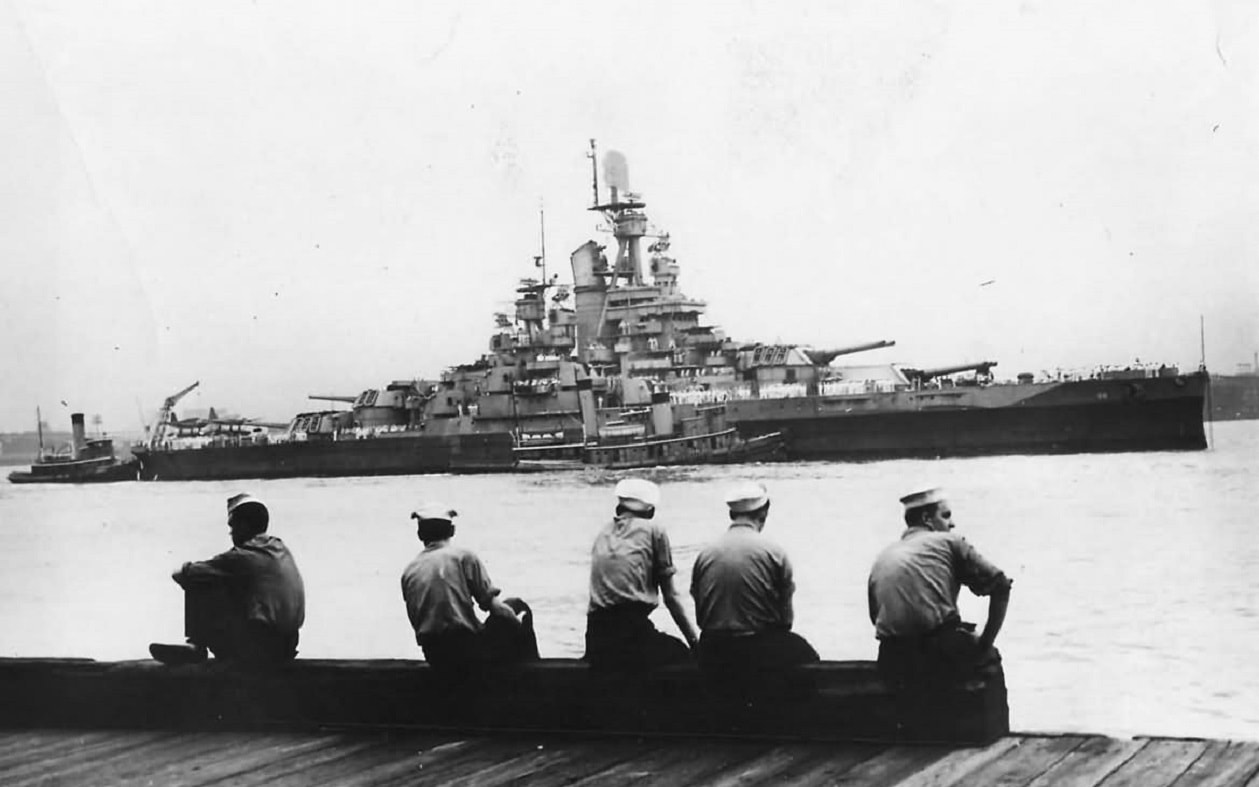Remembering the 80th Anniversary of Pearl Harbor: War was looming, and while the Japanese “sneak attack” on Pearl Harbor took the U.S. military forces by surprise on December 7, 1941 – an attack was expected. What wasn’t known was the when or where. Eighty years after that day that continues to live in infamy, there are still many facts of the battle that are often forgotten.
Among those is the fact that the United States, not the Japanese, technically fired the first shots on that warm Sunday morning. The Wickes-class destroyer USS Ward (DD-139) had been patrolling the entrance to Pearl Harbor when she encountered, attacked, and sank a Japanese Midget Submarine that had some very sinister plans. Those were the first shots of the Pacific War.
The Japanese had planned and launched the attack to protect its invasion of the “Southern Resource Area,” which was seen to be rich in minerals and oil. Tokyo knew that such an invasion would lead to a war with the United States, and directed an attack against the U.S. Navy’s Pacific Fleet to prevent American interference. Instead of a quick victory that would keep the United States out of the war, it led to the near destruction of the Japanese Empire.
Pearl Harbor By the Numbers
Numerous movies have been made about, or depicted, the attack on Pearl Harbor – while it actually lasted about as long as a modern feature film.
The Japanese strike began at 7:55am HST on Sunday morning and involved some 65 ships of the Imperial Japanese Navy, including four heavy aircraft carriers, two heavy cruisers, 35 submarines, two light cruisers, nine oilers, two battleships and 11 destroyers. A total of 353 Japanese aircraft took part in the attack and included 40 torpedo planes, 103 level bombers, 131 dive-bombers and 79 fighters. The entire attack lasted less than two hours. The Japanese lost just 29 aircraft.
The surprise attack on “Battleship Row” lead to the complete destruction of the USS Arizona (BB-39) and USS Oklahoma (BB-37), while three more battleships – USS California (BB-44), USS Nevada (BB-36) and USS West Virginia (BB-48) – sank upright in the shallow water of the harbor. All three were salvaged and returned to fight in the war.
A total of 2,403 American sailors and marines were killed in the attack, including 1,606 who were aboard the Arizona and Oklahoma.
Among those lost were 23 sets of brothers on USS Arizona. It had been common before World War II for family members to serve on the same ship, but after Pearl Harbor, the U.S. discouraged the practice. However, there was no official attempt to discourage it – until all five of the Sullivan brothers of Waterloo, Iowa, were killed in action, when their light cruiser USS Juneau (CL-52) was sunk during the Battle of Guadalcanal in November 1942.
Some 68 civilians were also killed during the attack.
In total, 19 U.S. Navy ships were either damaged or destroyed. However, the three aircraft carriers of the U.S. Pacific Fleet were out at sea on maneuvers. The Japanese were unable to locate the carriers, and were forced to return home with the U.S. carrier fleet intact. Two of those carriers would go on to play a crucial role at the Battle of Midway in June 1942.
Out of all the Japanese ships that participated in the attack on Pearl Harbor on December 7, 1941, only one, the destroyer Ushio survived until the end of the war. It was surrendered to the U.S. at Yokosuka Naval Base in September 1945.
Peter Suciu is a Michigan-based writer who has contributed to more than four dozen magazines, newspapers and websites. He regularly writes about military small arms, and is the author of several books on military headgear including A Gallery of Military Headdress, which is available on Amazon.com.

